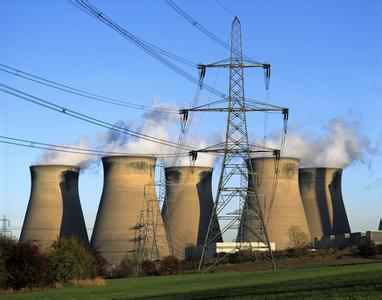How to choose gasket
Selection of the gasket
Any type of gasket must have the following eight important characteristics to ensure effective sealing for a long time in harsh service environment:
Air tightness
For the media of the sealing system, the gasket does not leak at the recommended temperature and pressure for a certain period of time.
compressibility
The gasket and flange contact surface should be well matched after the connection bolts are tightened to ensure the sealing.
Creep resistance
Under the influence of pressure load and service temperature, the creep resistance of the gasket should be better, otherwise, the bolt torque loss will be caused, resulting in the decrease of the surface stress of the gasket, and the leakage of the hard gas system.
Chemical resistance
The chosen gasket should not be subject to chemical medium corrosion, and can not be polluted by the medium.
resilience
Even under the stable condition of the system, the two connected flanges will certainly have a small displacement due to the influence of temperature and pressure, the elastic function of the gasket should be able to make up for this displacement to ensure the sealing of the system.
The uf resistance
The gasket shall be easily removed from the flange after use and shall not be glued
No corrosive
The gasket shall be non-corrosive to the surface of the connecting flange.
Resistance to temperature
The selected gaskets shall be used normally at the lowest and highest temperatures of the system.

